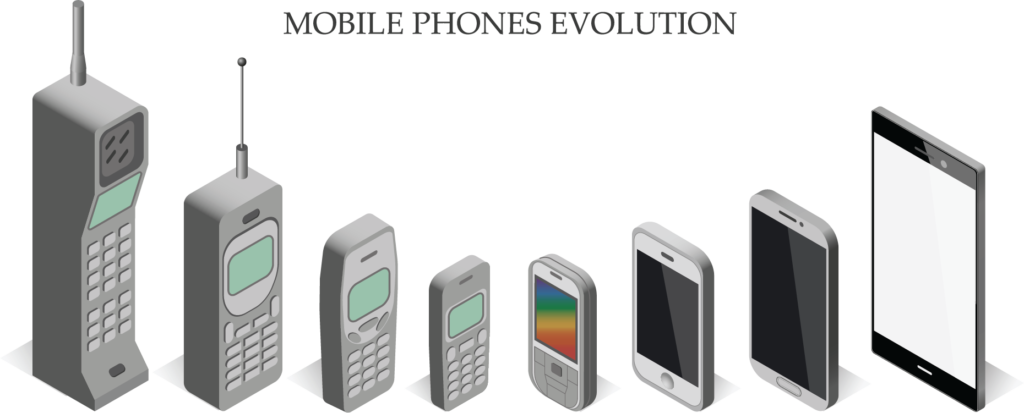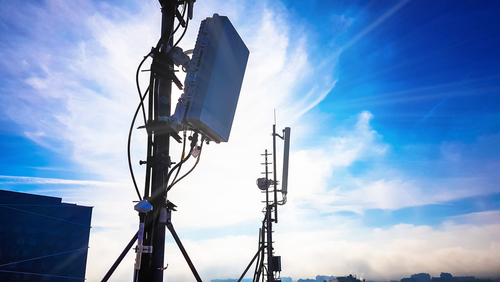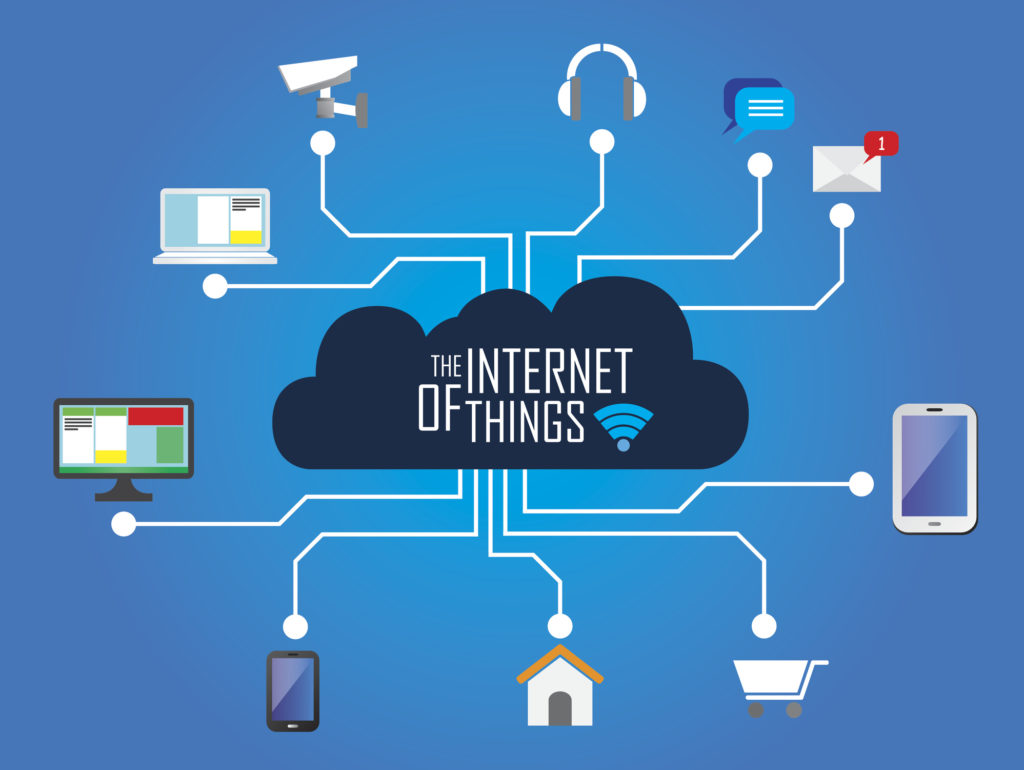The Road To 5G And The Rise Of The Internet of Things (IOT)
By Scott Murphy
Generally, we as value investors steer clear of thematic investing. We tend to be bottoms up rather than top down investors and let price, fundamental valuation and temporary business setbacks guide us to new investment opportunities. However, this doesn’t take us off the hook when it comes to understanding important business trends, especially in the technology area. Keeping track of major themes in technological change helps us gain a better understanding of where technology is heading and allows us to “fact check” and make sure our existing portfolio companies are keeping pace and have a shared vision of where things are headed. Today’s topic is the pending move and upgrade from the current fourth generation (4G LTE) standards to fifth generation (5G) standards in our communication networks.
Simply put, the pending upgrade from fourth generation LTE to fifth generation in our communication networks will allow for faster communication, potentially 100 to 1,000 times faster than current speeds. Downloading a full-length movie in a matter of seconds to your TV or phone and having zero latency in surfing the web will become the standard. If you think back a few decades, the pace of change within the cellular businesses has been astonishing. We have jumped four Gs, or generations, very quickly. From the first generation in the 1980s that introduced the world to cellular phones to the fourth generation phones mostly comprised of the smartphones we use today, our phones have become our windows into the world. They act more like mini laptop computers than just handsets used for phone calls. Our smartphones have morphed into our cameras and GPS devices capable of surfing the internet, handling email and text messages, networking with friends and sharing photos and videos.
Today’s 4G LTE wireless technology is enabled mostly by large cell towers that are seen along highways. In rural areas, these towers can be ten miles apart; in dense metropolitan cities like New York, there can be more than 50 per square mile. Take a minute to look on top of an office building and you will see this communication equipment. The benefit of 5G is that it can work on the existing 4G wireless spectrum but is also able to utilize higher frequencies not open for 4G technology. 5G technology can utilize these super-fast “millimeter waves” which only travel short distances while handling vast sums of data versus the 4G LTE network. These 5G devices will have a much smaller profile than the 4G equipment and will reside on light poles and utility poles currently in use. As more and more of these small cells are added to the network, they will be able to handle and deliver data and voice at super-fast speeds, allowing for instant connectivity.
The move to 5G will allow for the often discussed, “Internet of Things” to develop and prosper over time as forward-thinking companies come up with ideas that require instant connectivity latency at lightning speeds. What is the Internet of Things? In its most basic form, it is a network of physical devices, vehicles, home appliances and other items embedded with electronics, software and sensors, which enable them to connect and exchange data. Examples include autonomous driving cars, refrigerators that communicate that you are low on milk and GPS connectivity that allows advertisers to serve up coupons based on your proximity to their stores. If it is beginning to sound like a scene from the 1960s animated science fiction sitcom The Jetsons you are understanding the potential impact and prospects of this technology-connected world. Perhaps, the biggest impact of 5G could be that the distinction between wired and wireless networks will cease to exist.
America’s two largest “wireline” service providers, AT&T and Charter Communications, and the largest wireless providers, AT&T and Verizon, will adopt similar technologies and transform the way the internet reaches consumers. It will represent a true blending of wireline and wireless technologies that allows for stronger connectivity, greater data speeds and better service quality. The days of “can you hear me now” will be in our rear-view mirror. As we move into the always connected Internet of Things economy, data will be constantly shared in ways that make things in life and business work more smoothly and efficiently.
How does this pending sea change in the communications space relate to the investments in your portfolio? Current Tufton Capital Management portfolio companies that will be crucial to this buildout include Corning (GLW), Intel (INTC), AT&T (T) and Verizon (VZ) on the hardware side and Alphabet (GOOG), and Microsoft (MSFT) on the cloud services side of the delivery model. Like past generational shifts, the move from current 4G LTE wireless to 5G is inevitable, but it will be hugely expensive and will take longer than industry pundits predict. As investors, our job is to stay vigilant and remain focused on the investment possibilities of these technological innovations.







